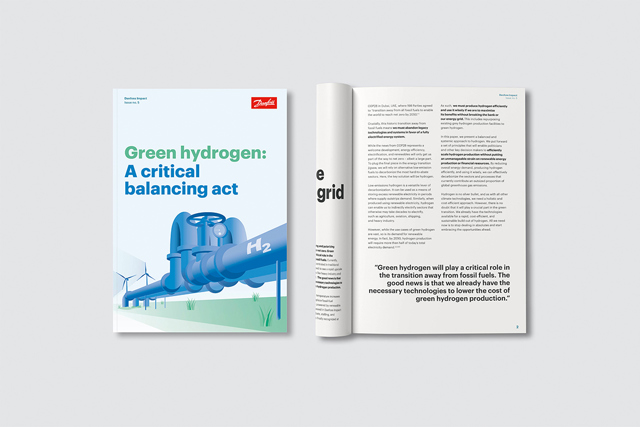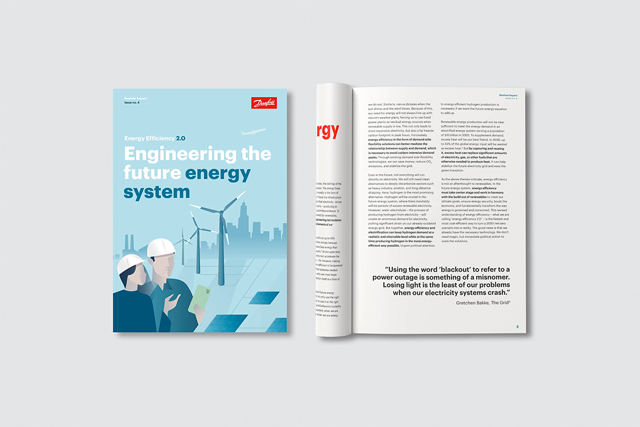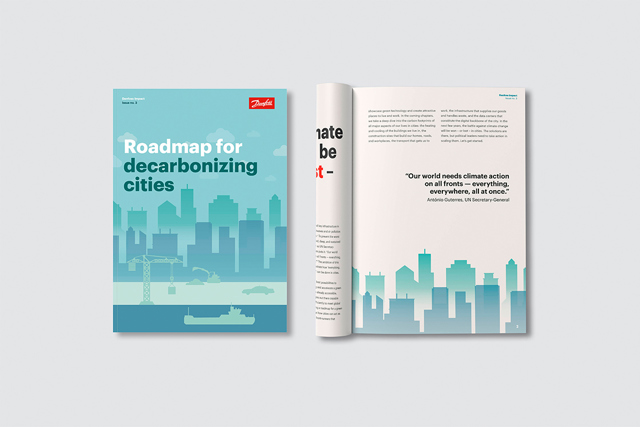Decarbonization is industry’s greatest growth opportunity
More and more companies around the world are already turning the challenge of decarbonization into a powerful driver of value creation and competitive advantage. Yet existing policies do not sufficiently support industrial decarbonization efforts. This issue of Danfoss Impact provides a clear guide for companies to strengthen their competitive advantage through decarbonization and demonstrates how a political framework can accelerate the transition.
Industry has a unique role to play in the battle against climate change, as many of the essential goods it produces – such as critical minerals, electric vehicles, and sustainable building materials – are core pillars of the green transition. By embracing the innovative solutions and technologies that already exist today, industry can turn the greatest challenge of our time into its greatest growth opportunity.
Only got two minutes?
These are the key takeaways

Decarbonization is a powerful driver of value creation and competitive advantage in industry.
Policy recommendations
The IEA’s Industry Tracker still labels the industrial sector as “not on track” for a net-zero scenario. However, the opportunity to take a major leap forward is imminent. Existing policies only provide limited support for electrification and decarbonization, but by simplifying excessive red-tape regulation and implementing the right policy framework, industrial decarbonization can finally take off.





